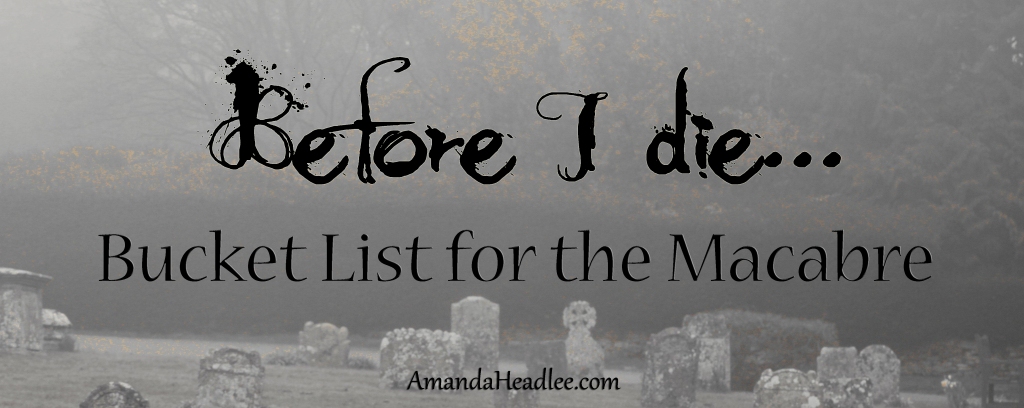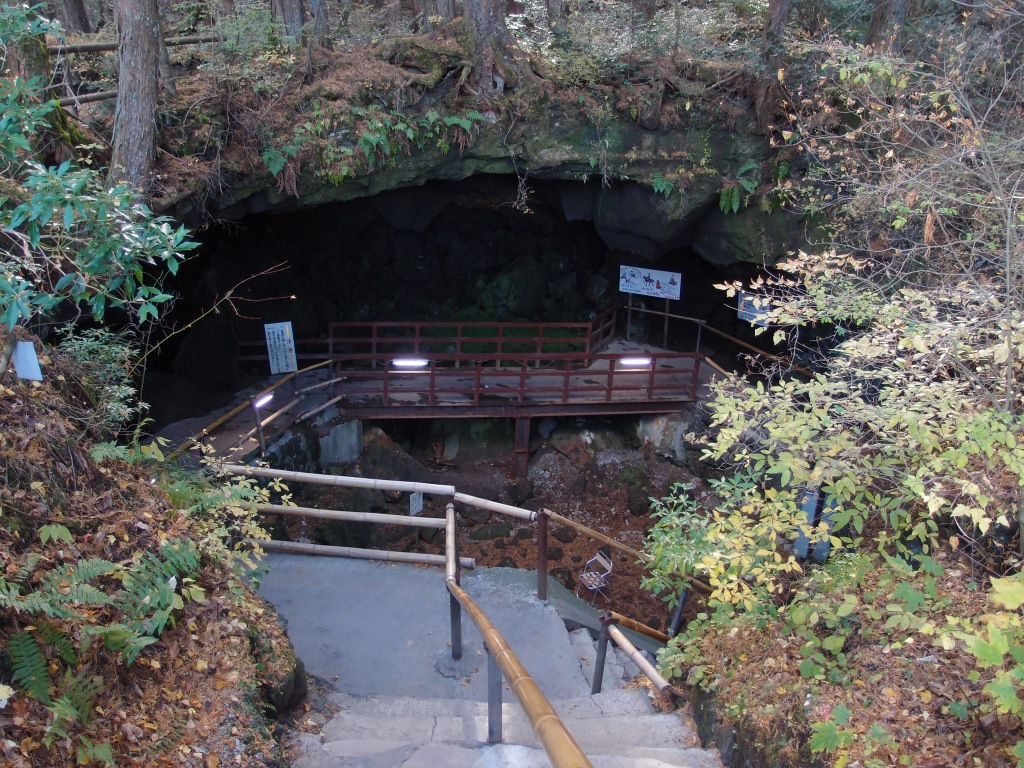
This week’s “Before I Die…” location is one that I hesitate to write as it is filled with absolute hopelessness. The Aokigahara Forest, located at the base of Mount Fuji in Japan, is a 35 square Kilometer forest lush with trees and speckled with rocky ice caves, which sparkle from the glints of sunlight that filters through the tree’s canopy. The forest’s trees are strong with exquisite moss-covered, gnarled roots. A true ancient labyrinth of trees. The Forest is situated where the wind doesn’t blow, so combined with the absence of wildlife the area is eerily quiet. Tourists describe the atmosphere as still and unmoving. However there may be a more sinister reason for that affect on the essence of the forest. The Aokigahara Forest is also known as Japan’s Suicide Forest.
Japanese folklore depicts the Aokigahara Forest as being inhabited by demons and has become a popular location for suicides. In 2010, there was a count of 57 successful suicides taking place within the forest. Aokigahara Forest is the 2nd highest ranked place for suicides, just after the Golden Gate Bridge in San Francisco, California, USA.
Throughout the forest and along the winding hiking trails there are signs in Japanese and English urging anyone who has come to the forest with the intent of taking their own life to seek help. Other signs make a plea to people with suicidal ideas to understand that their life is precious.
Locals who live near the forest say that they can look at a visitor and know that person’s intent. There are three types of people who visit Aokigahara Forest: Those who are at the forest to take in the scenery and hike the vast trail systems, those who are looking to catch a glimpse of a suicide victim’s corpse, and those who are planning to never leave the forest.
The chances of finding the body of one who has voluntarily left this plane of existence is rare due to the vastness of the forest. The Aokigahara Forest does have a team of workers whose job is to trek through the forest and locate bodies. Retrieved corpses are carried to a building at the edge of the forest, where the bodies are housed until they are interred. These workers have it worse than any police officer or any other official as they are the ones handling the corpses (often decayed) and staffing the storage building 24 hours a day. The sadness of the suicide victims hangs heavy on those working for the Aokigahara Forest department.
The forest workers make it a priority to find all bodies, as it is believed that it is bad luck for the spirit of the body (yurei) to be left alone after death. A lone yurei is said to haunt the forest, screaming through the night. It is even believed that some yurei reanimate their own dead body: moving an arm, twitching a leg, opening an eye.
The Aokigahara Forest is one of serene beauty, but is filled with utter despair from the vast amounts of people who decided to end their lives among the ancient trees.




Leave a reply to Amanda Headlee Cancel reply